A Tale of Two Courts


The Daijo-kan 太政官 (Great Council of State):

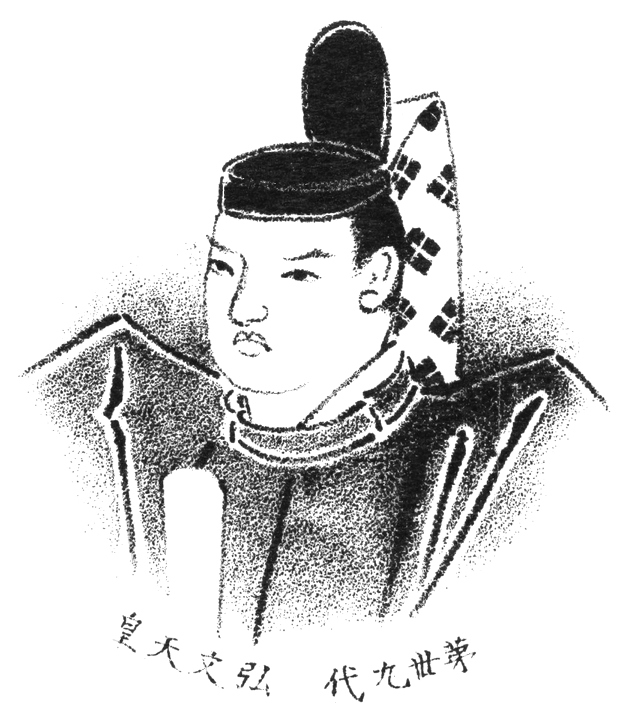


The poem in the woodblock printing above, translated into English:
The spring has passed
And the summer come again
For the silk-white robes
So they say, are spread to dry
On Mount Kaguyama



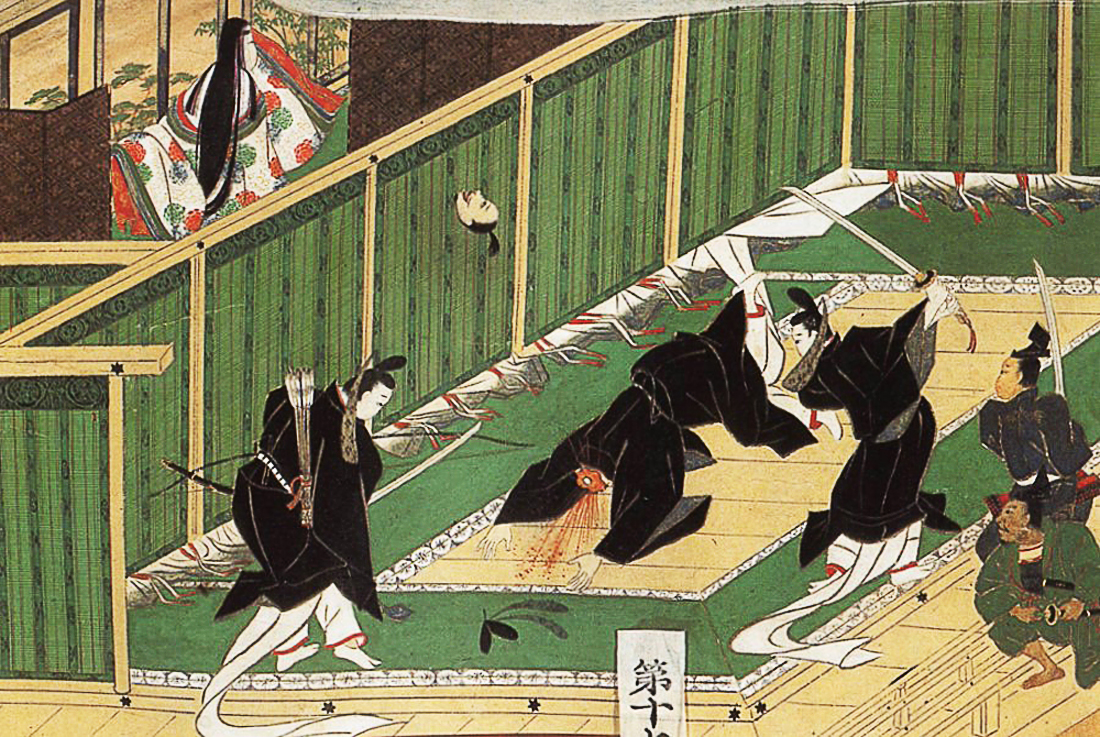


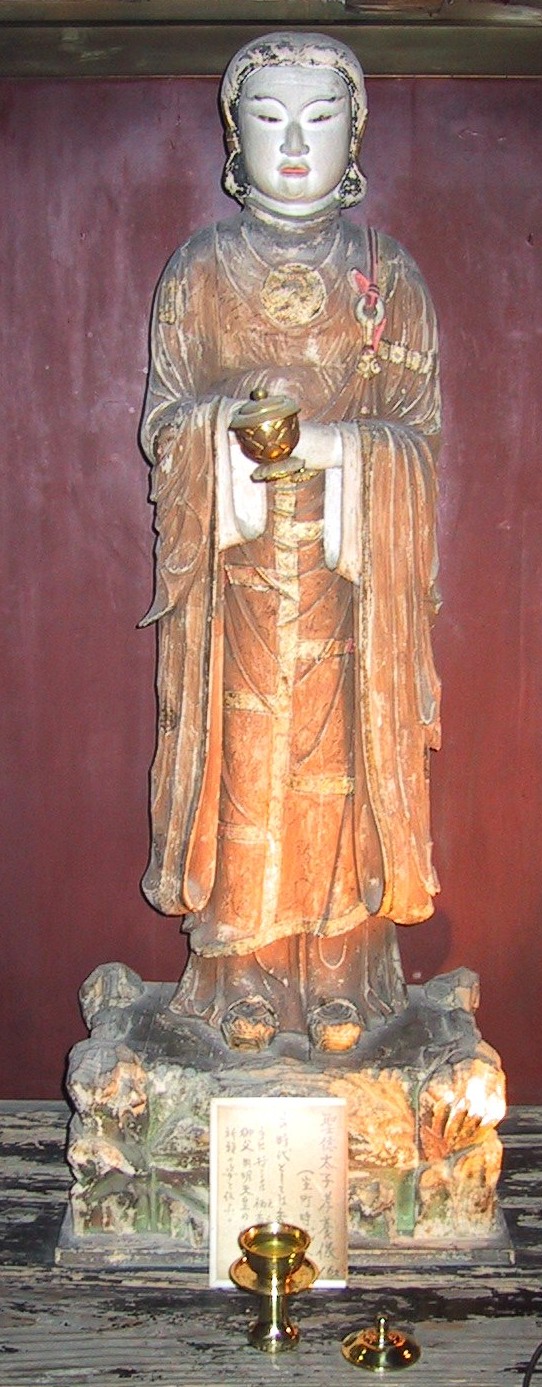
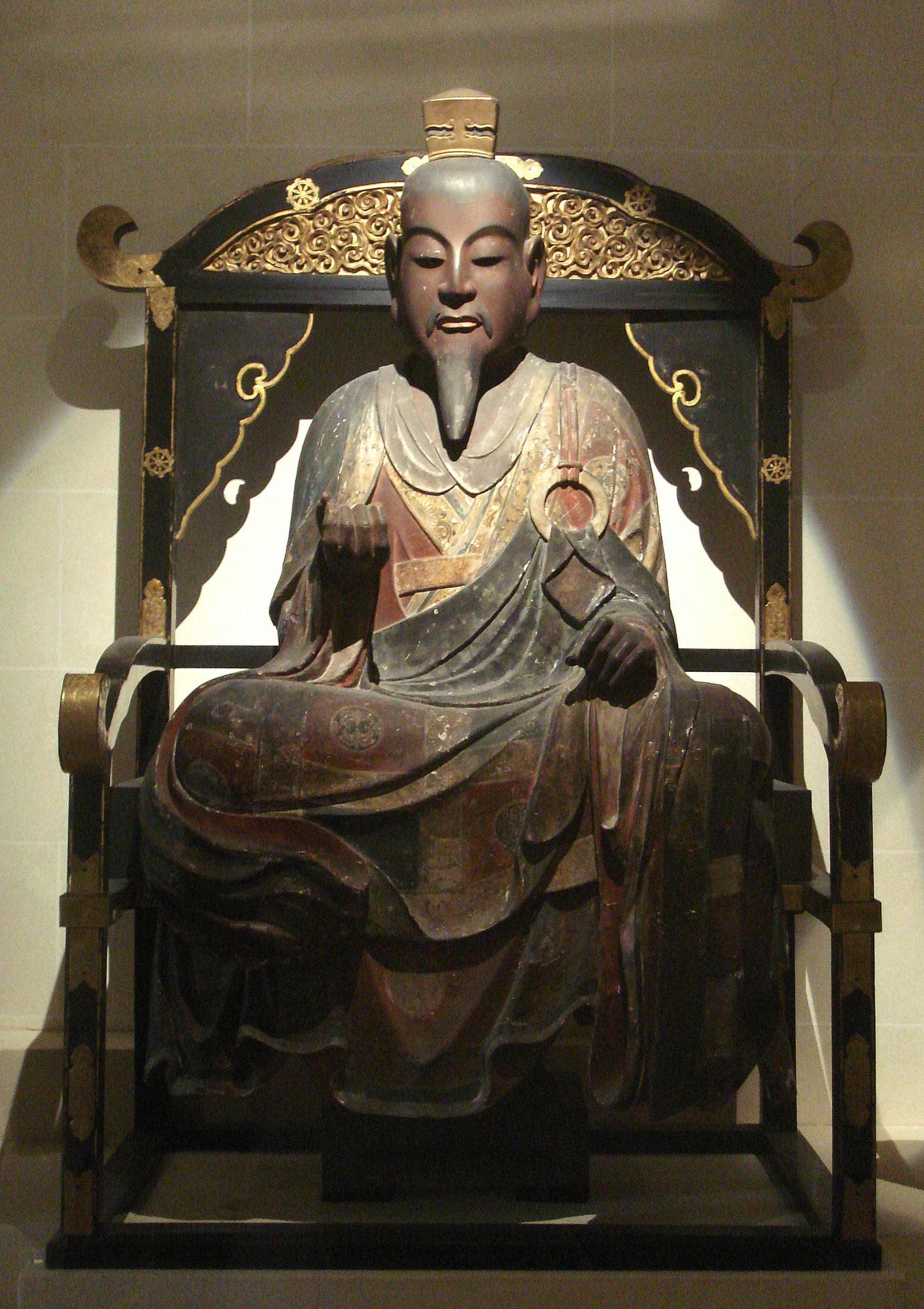
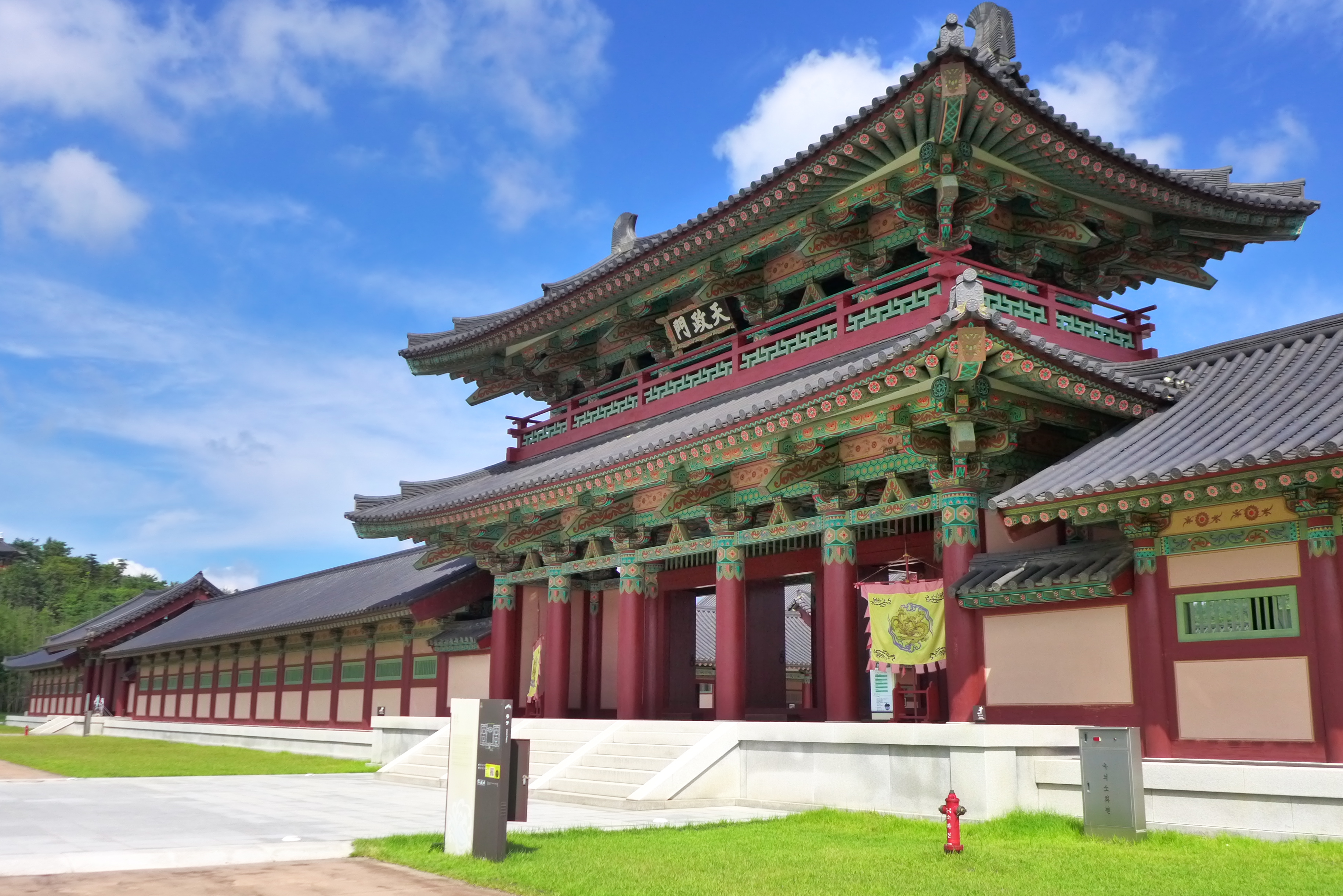

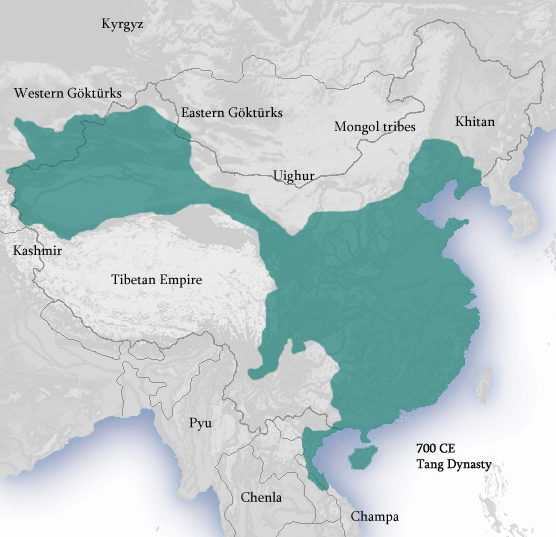
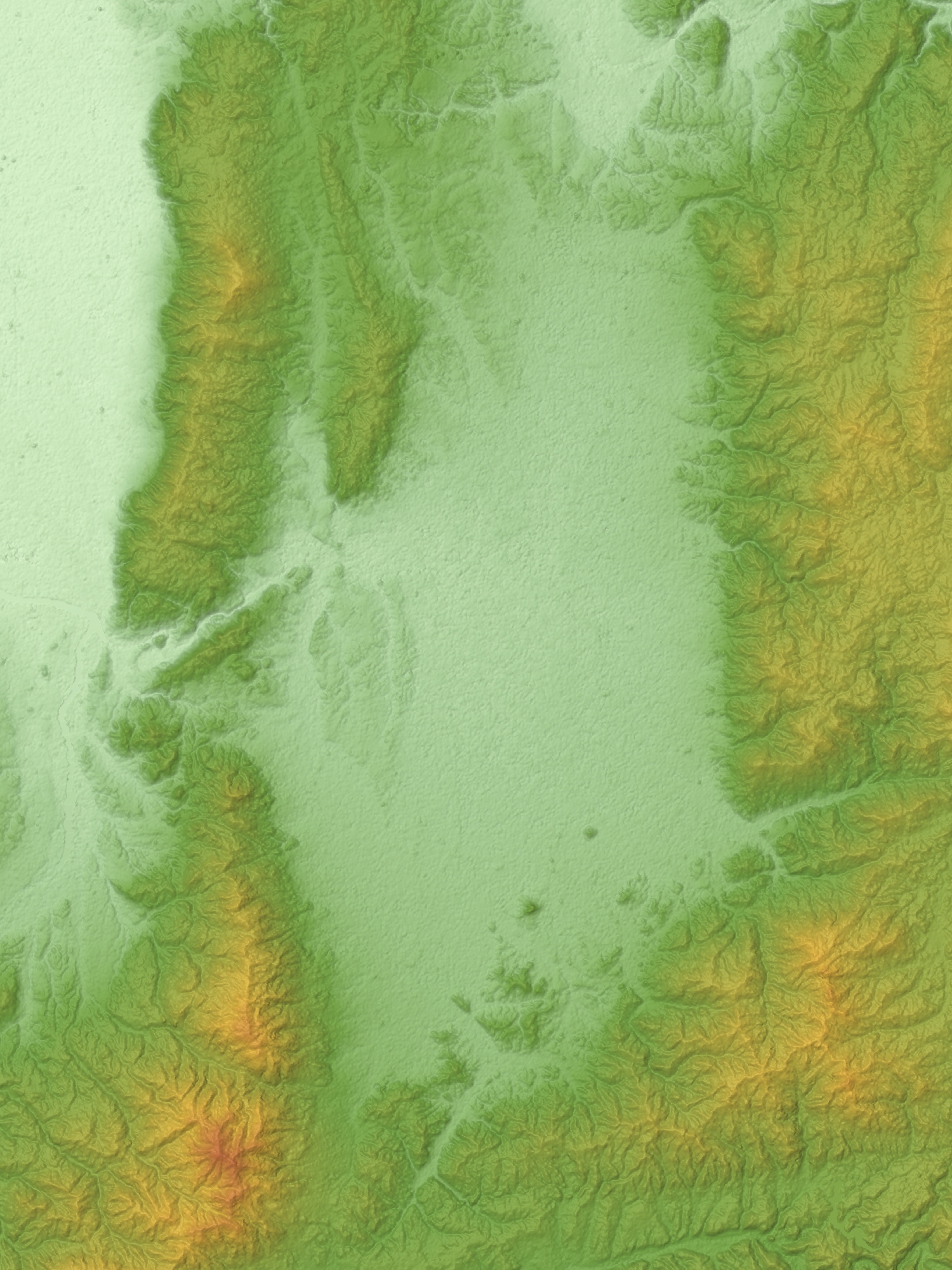







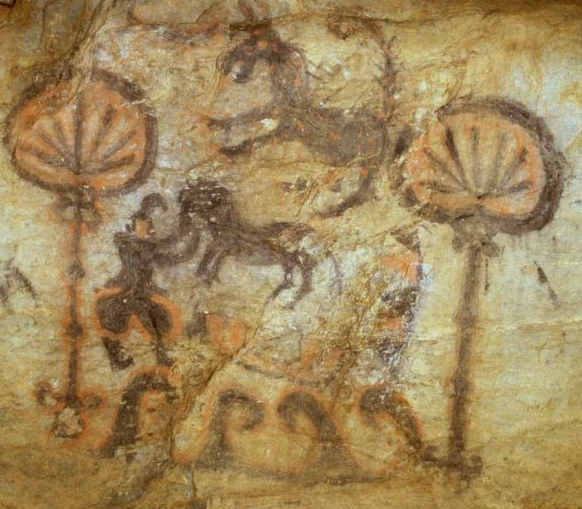

Recent Comments